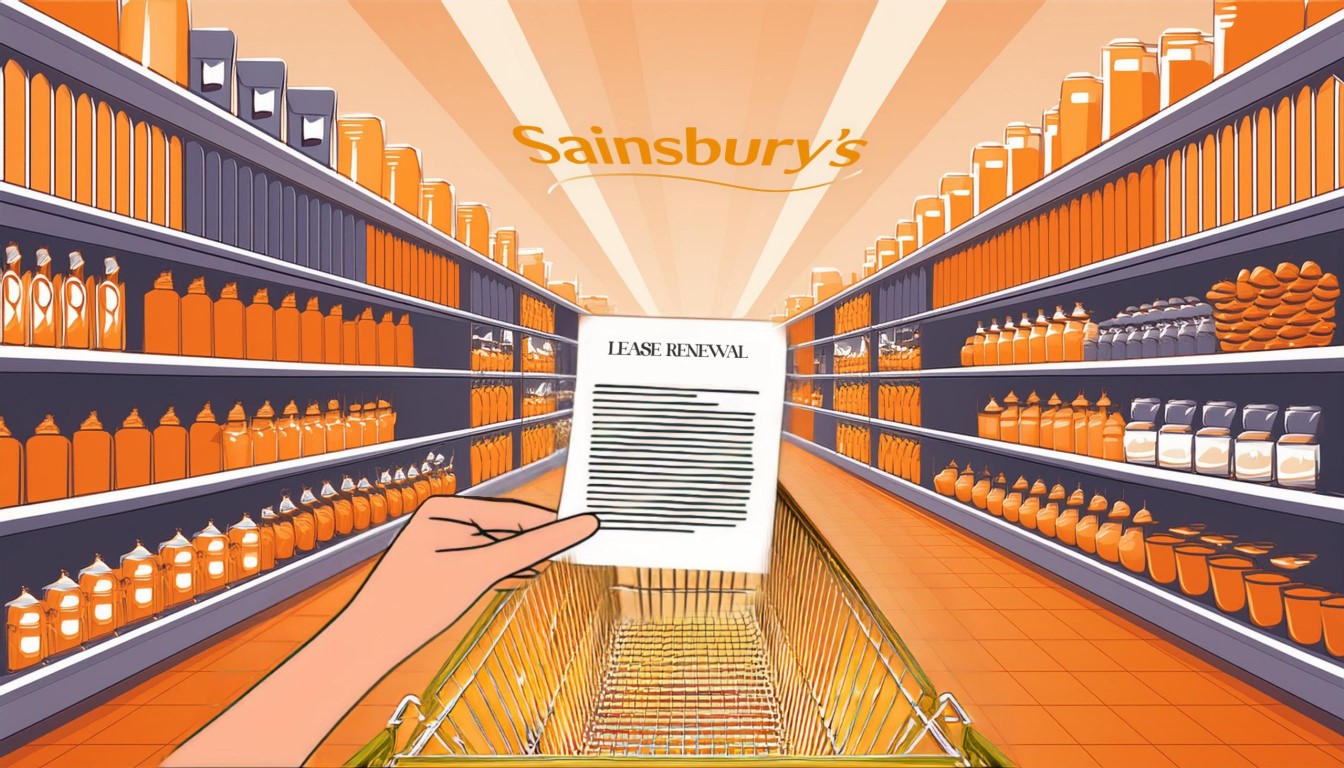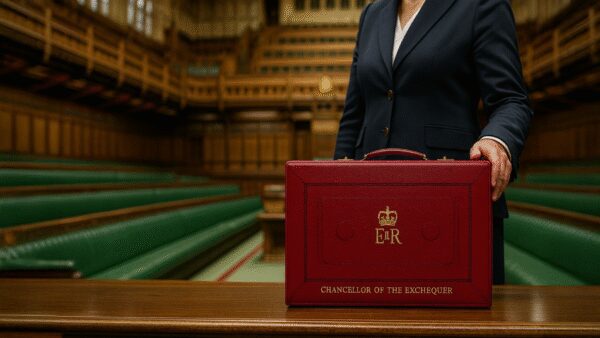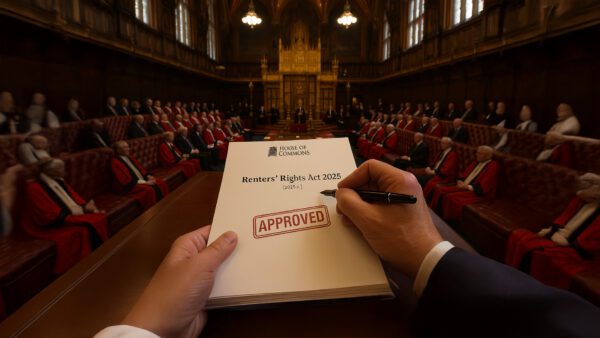In the recent case of Sainsbury’s Supermarkets Limited – v- Medley Assets Limited, Sainsbury’s (the tenant of a commercial unit in Kentish Town, North London) successfully prevented their landlord from carrying out redevelopment plan, securing a new lease under the Landlord and Tenant Act 1954 (“LTA”).
Bachground
Sainsbury’s owned the leasehold interest of a whole building on Kentish Town Road, but only occupied the ground floor space. The upper floors were empty, and the landlord wished to convert them into flats, having obtained planning permission from the London Borough of Camden. The landlord served a Section 25 Notice, opposing the grant of a new tenancy on the grounds of redevelopment (known as ground ‘f’ opposition).
What Is A Holding?
The right to renewal of a lease afforded protection by virtue of the LTA is with reference to the ‘holding’ i.e. the part of the property occupied by the tenant for purposes of its business. In order to satisfy opposition on the grounds of redevelopment, a landlord must demonstrate a firm and settled intention to carry out works to the holding and that such works cannot be undertaken without having first obtained vacant possession of the holding.
Critically, the court will only determine what constitutes the holding at the date of the trial of the landlord’s ground of opposition, not when a landlord served its Section 25 Notice. This is possibly why the landlord amended its redevelopment plans (widening a staircase from the ground to the upper parts, lowering the basement floor and refurbishing the upper parts) after service of its Section 25 Notice.
The landlord’s amended plans encroached on a small part of the ground floor that was occupied by Sainsbury’s. On advice, Sainsbury’s vacated this area shortly before trial – ensuring it no longer remained part of the holding – to try and prevent the landlord from successfully arguing it had an intention to carry out works to the holding and therefore frustrate the ground ‘f’ opposition.
The landlord’s counter argument was to rely on section 32(2) of the LTA – requiring a tenant to take a new lease of the entire property as demised by the current lease.
The court ruled in favour of Sainsbury’s and found that (for the purposes of ground ‘f’ opposition) the holding was strictly limited to the part(s) of the property it occupied for the purpose of its business.
Requisite Intention
In addition, the landlord also failed to oppose Sainsbury’s request for a new lease as the court found it did not possess a ‘firm and settled intention’ to carry out the works – even if Sainsbury’s gave up possession.
Whilst the landlord provided plans and evidence of its proposed works,
- little progress had been made;
- there were other issues that made the plans appear unviable; and
- its expert was found to be unreliable.
Commercial Landlord/Tenant Impact
This case highlights some of the strategies tenants can deploy where a landlord has sought to rely on ground ‘f’ opposition.
For example, a tenant – if feasible – could, prior to trial, limit its occupation to a part of the holding that is not impacted by the landlord’s proposed works and then move back into the remainder of the property once the landlord had undertaken its work and before the second stage trial (to determine the terms of the renewal lease).
It is important that both landlords and tenants are aware of the novel approach in this case. Further, this case serves as a stark reminder that planning permission, work proposals and funding will not, in themselves, be sufficient to demonstrate the requisite firm and settled intention. A landlord must be able to demonstrate that:
- works can be undertaken as proposed;
- it is actively proceeding towards commencing them;
- it is not procrastinating until after the trial of the preliminary issue to decide its ground of opposition; and
- it requires possession of the holding to undertake its works, which cannot be carried out whilst the tenant remains in occupation.
To discuss any of the points raised in this article, please contact Daniel Blake or fill in the form below.









